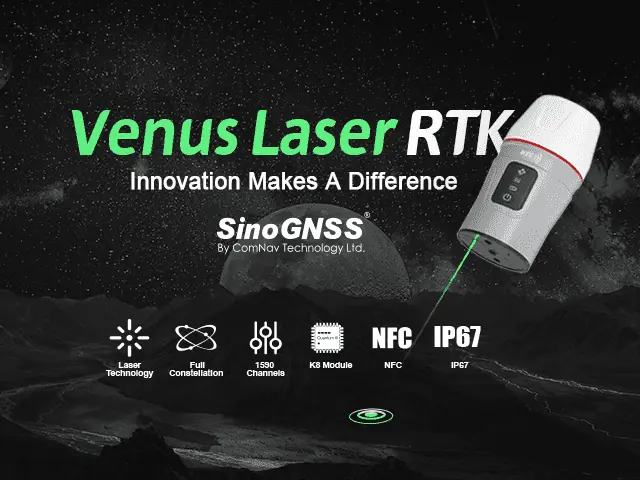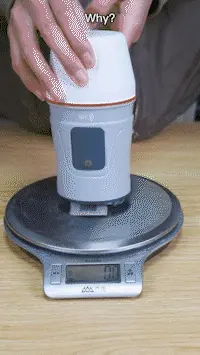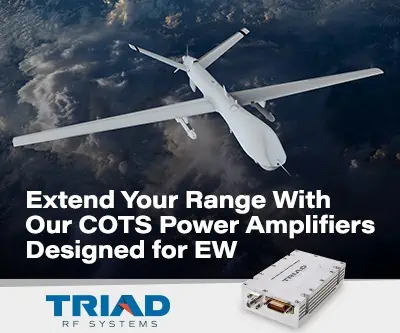ComNav’s Venus Laser RTK is a lightweight GNSS receiver that enables rodless surveying with a millimeter laser. The company has released an article explaining how it works and the benefits of rodless surveying with the Venus Laser RTK.
Total stations today can observe the coordinates of distant objects without prism. ComNav Technology’s Venus Laser RTK also allows positioning without prism.
The principle behind prism-free total stations is that the laser beamer on total station sends a laser pulse towards an object and measures the time taken by the pulse to be reflected off the object and return to the sender, so as to determine the distance between and the coordinates of the objects.
The Venus Laser RTK uses the same principle.
Venus Laser RTK is equipped with a centimeter level laser distance meter on the bottom, to determine the distance between the RTK and the object. It can get centimeter-level positioning results through the CORS network. And the IMU sensor allows tilt compensation within 60° tilt. Therefore, we can obtain the coordinates with ease.
This feature solves some blockers, such as points in the trench, in dangerous or obstructed areas, breaking the usual limitations.
As for laser safety, its laser is of Class 3R. Look at the definition of Class 3R Laser:
Class 3R lasers are considered safe when handled carefully. There is only a small hazard potential for accidental exposure….In the United States, both Class 2 and 3R lasers can be sold as “pointers” or for pointing purposes. (1)
Therefore, the user can easily obtain the coordinates via Venus Laser RTK within the safe range.
In addition to the laser function, it is also a pure network RTK, which can be used with CORS network.
That’s one of the reasons why it is super light.
So, If you’re a surveyor using small sized RTK, Venus Laser RTK definitely appeals to you.





















